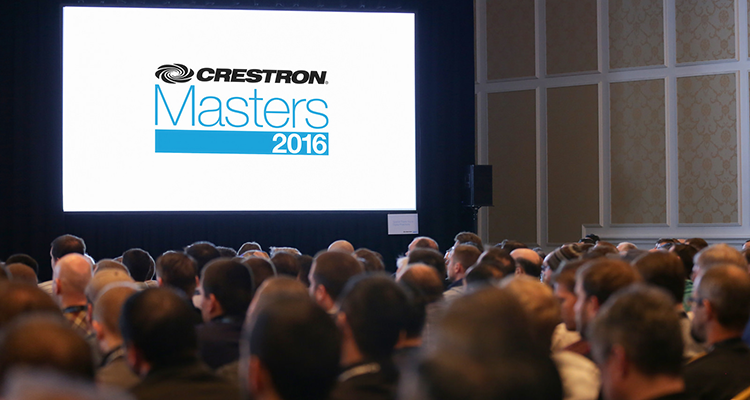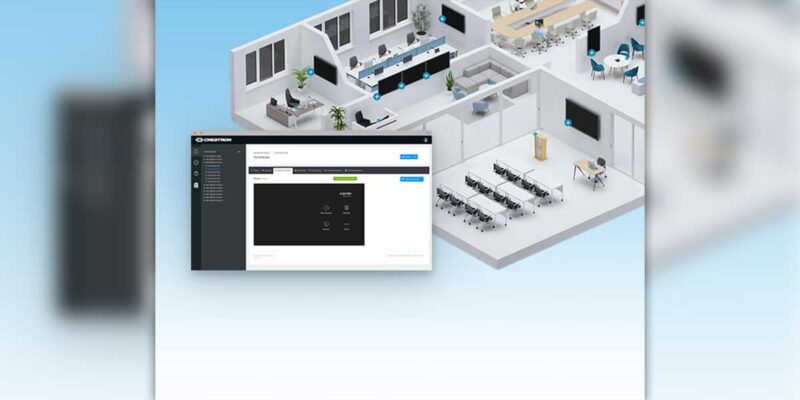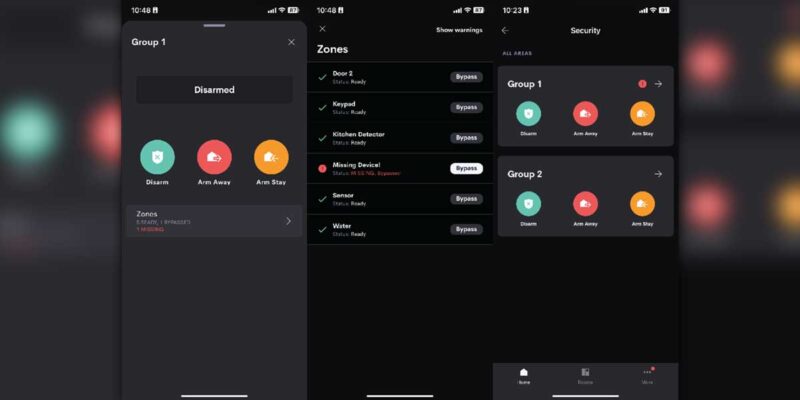Diamonds in the Rough
 I have been known to tout my bonafides by name-dropping the fact that I’m a Crestron Certified Programmer. But, if we’re going to get real about Crestron certifications, I am but a neophyte compared to the Crestron Certified Programmers who have completed further training/testing and achieved the upper levels of Silver, Gold and Platinum certification. Last year, Crestron added a new certification, the Diamond.
I have been known to tout my bonafides by name-dropping the fact that I’m a Crestron Certified Programmer. But, if we’re going to get real about Crestron certifications, I am but a neophyte compared to the Crestron Certified Programmers who have completed further training/testing and achieved the upper levels of Silver, Gold and Platinum certification. Last year, Crestron added a new certification, the Diamond.
The Diamond certification recognizes dedication and experience, but it also adds a new twist. Instead of taking a programming test, achieving Diamond requires teaching a high level class to other certified programmers. And Crestron makes you teach a class outside of your wheel house. Last year, I had the privilege of attending Jim Pope’s class on voice control from a Crestron touch panel. After the successful completion of his training sessions, Pope became the first ever Diamond certified programmer.
At the recent Crestron Masters Summit, I had a chance to attend a panel comprised of Richard Sasson (Crestron’s global director of technical service), and newly Diamond certified programmers Jon Otteson (director of cloud services at Crestron) and Tom McLaughlin (director of technical operations at Dobil Laboratories). The panel was moderated by Tim Albright of AV Nation.
Sasson started the panel with an overview of the new certification process and some explanation as to why Crestron specifically requires teaching something that a programmer doesn’t “usually touch” to achieve Diamond (pun apparently not intended, although voice control is pretty much the epitome of a touch-less technology). Crestron wants to honor the commitment that Diamond level programmers have made to our industry and to Crestron. At the same time, they want to emphasize the importance of learning new technologies, and of giving back to the programming community.
Crestron has never hesitated to make changes to their certification process and Albright wondered if this new method of getting certified might be a harbinger of testing changes to come. The diamond teaching requirement is a fairly big departure from their traditional testing model of “here are some very tricky requirements, now write some code that satisfies all of them.” Sasson said that the basic certification test and the silver certification test are not likely to change in the near future, but that they might add new requirements to the Gold and Platinum tests. You need to demonstrate that you have the foundational skills to program a system, but as the technology grows, so must you.
AV Programmers are no longer just the people who hide behind a computer and type out code. Crestron wants to acknowledge the expanded role of their certified programmers, who have taken on the role of technologists and not just coders. Because we take a high level view of AV systems, we are well positioned to offer support and guidance to our colleagues. And we are often the people that put the finishing touches on an installs. As Otteson said, “the last technologist on the job is the programmer.”
With this new certification, Crestron is both honoring the programmers who have dedicated years to their company, and emphasizing the importance of learning new technologies. For the most part, these peer-led classes have received good reviews. Pope’s class last year was both interesting and informative, and he was able to be candid about the limitations of voice control in a way that a Crestron employee might not have been able to. I do wonder about how Crestron might leverage the Diamond programmers’ experience to teach some of the lessons that they learned the hard way.
One of the aspects of the AV programming community that I love the most is that there are so many fantastic programmers out there who are willing to help you figure out a tricky problem. Otteson referred to the Diamond as a “peer rewarded certification.” I applaud Crestron for encouraging their programmers to learn from each other.





